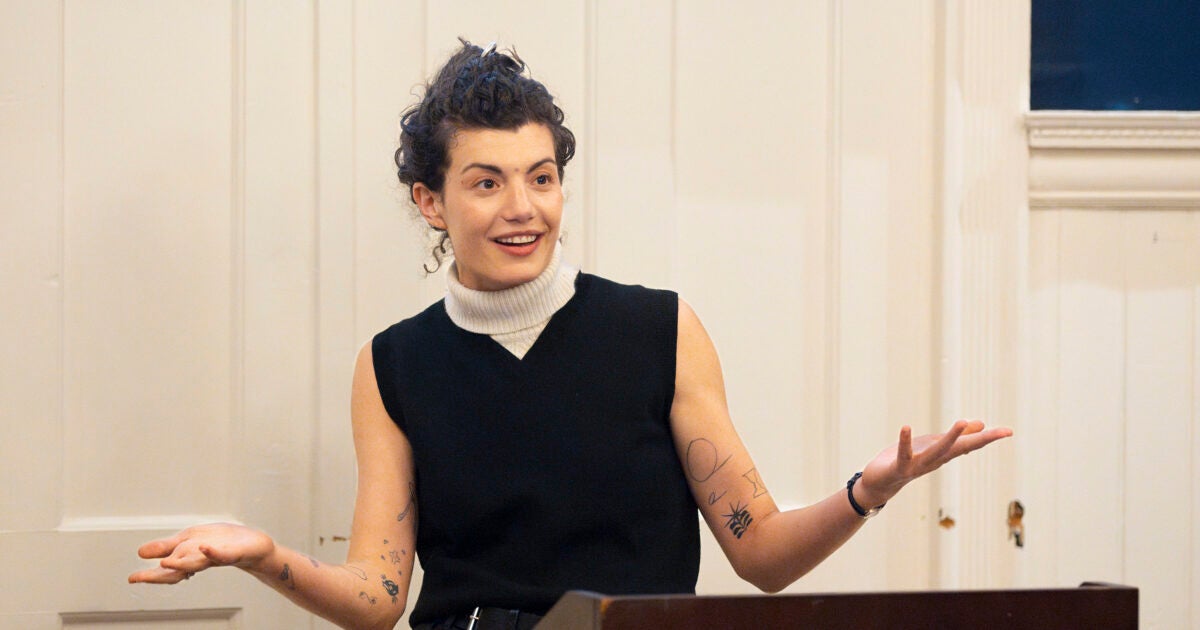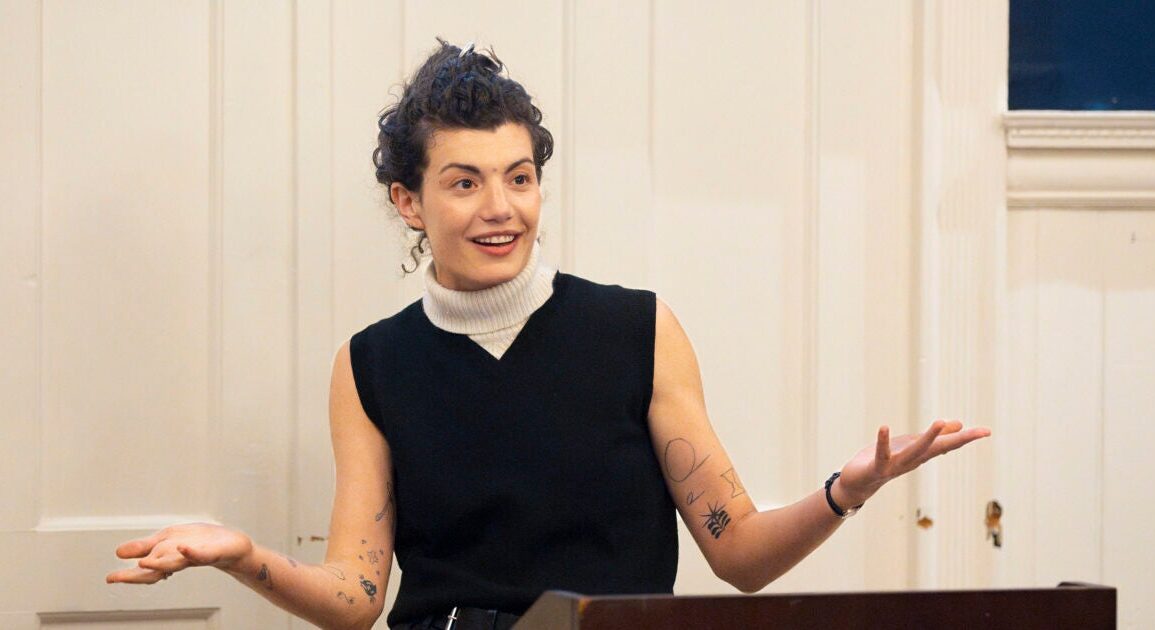
Trufelman, setting the scene of the current prep incarnation, describes an online ecosystem where niche and fast-moving trends exploded as Americans left their houses following COVID lockdowns. “Clowncore,” “cottagecore,” and “balletcore” became words to describe styles of dressing.
“There were so many trends,” she said. “And so for a while I was like, oh, maybe I want to examine what is happening with this need for trends.”
As she dug deeper, myriad trends with names like the “old money aesthetic” and “coastal grandma” emerged. Unlike those before it, these styles are all essentially new iterations of preppy, and they have infected runways and magazines. In 2023, J.Crew, which had been struggling in the retail market, made a comeback.
Preppy style as we know it can be traced back to campuses of Ivy League colleges where students wore sports clothes to class, to practice, and to dinner afterwards. Their uniforms included pleated tennis pants and skirts, rugby shirts, and sweaters.
By the 1950s, preppy wear had expanded outside colleges. “It suddenly got to a point where it’s not about being in school. It was just a cool, youthful, subvertable, personalizable look,” Trufelman said.
The style introduced many fashion staples, such as the button-down or polo shirt, which have transcended trend cycles. And while the rise of individualism in the 1960s and ’70s caused some to trade prep for bellbottoms and band T-shirts, the preppy style remained in the background as a reliable silhouette.
“I have a pet theory that this is kind of America’s contribution in the same way that I’m here speaking English and it’s a relic of an old empire. I feel like millions of people all over the world wake up and dress American,” Trufelman said.
The look resurged in the 1980s with Ralph Lauren and the publication of “The Official Preppy Handbook” — a guide on embodying wealth and class. After preppy gave way to grunge in the ’90s, it came back in the early to mid-2000s with bright colors and tartan prints worn by celebrities from hip-hop artist Kanye West to characters on the television show “Gossip Girl.”
“Everyone who is alive now has grown up with some version of preppy clothes, so we don’t even think of it,” Trufelman said.
So, is the current iteration timeless or trendy?
“We are all trying to interpret that battle between timelessness and trendiness. We are all considering to what degree we will reflect our time and we don’t even have that much choice,” Trufelman said.
But fear of looking back at our current dress as outdated, or of only buying pieces that will stand the test of time, is almost unavoidable. Even the most “timeless” garments — a plain white shirt, for example — say something about time, be it by cut, color, fabric, or something else.
“I suppose the only way to remain comfortably trapped in your person, in your time, and in your clothes, is to just enjoy the tango and see it less as a matter of choice than something to be interpreted,” Trufelman said.
“Perspectives on Performance” is a new series that invites prominent artists and academics from different disciplines to speak about their work in and on “performance.”
“Listening to Avery’s podcast and thinking about how relevant it was — I was just reminded that fashion and self-expression is a kind of performance,” said David Levine, professor of the practice at TDM. “I went to prep school in New York in the ’80s, which means I was there for the publication of the ‘Preppy Handbook’ in 1980. I was there for the sudden massive influx of Polo Ralph Lauren all over high-schoolers in the city … One thing I learned from ‘American Ivy’ is just how profound the performance of normalcy and everydayness can actually be.”
The next event will feature artist Nick Mauss giving his talk “Staging Archives of Gestures.” Learn more and register here.
The Daily Gazette
Sign up for daily emails to get the latest Harvard news.
This post was originally published on this site be sure to check out more of their content.









